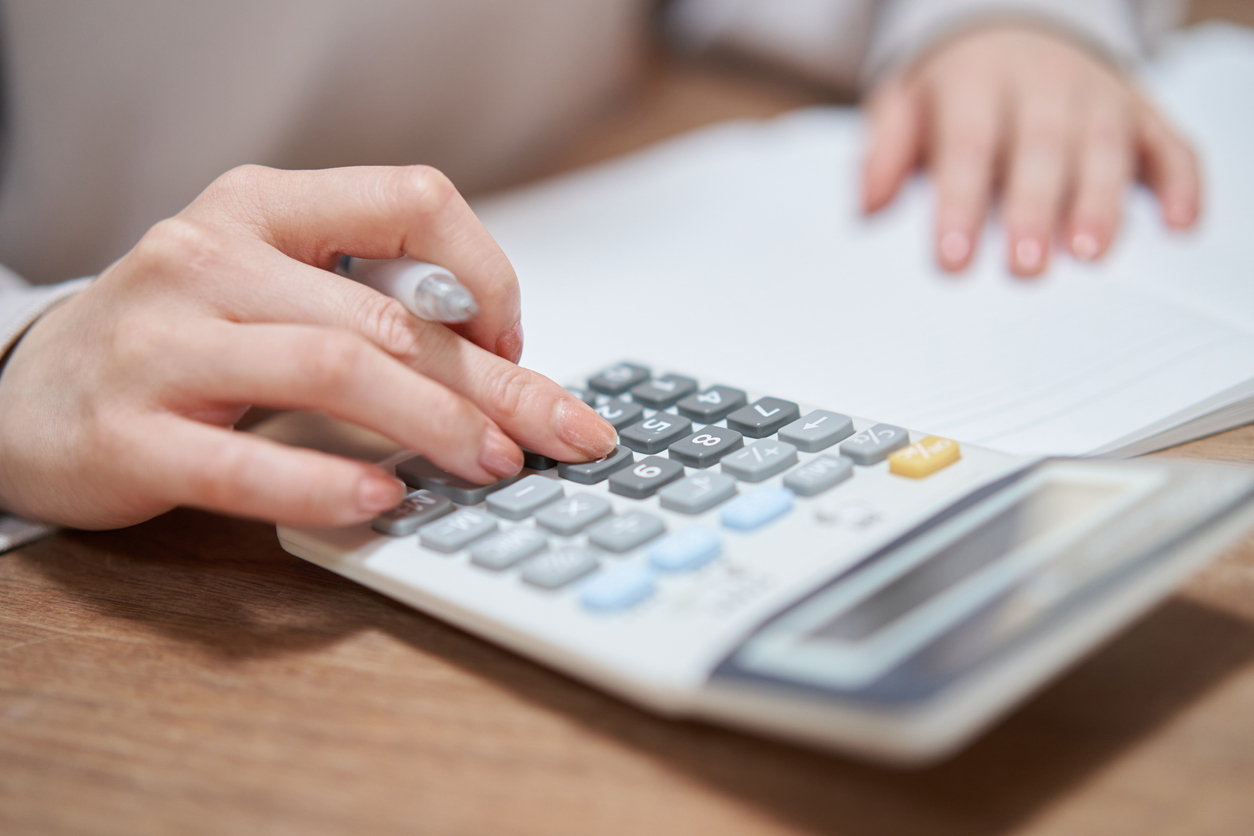How to Retire if You Start Planning in Your 40s
In your 40s but don’t have enough savings in your bank account to retire? You are not alone.
In fact, more than half of Singaporeans over 45 have not made sufficient provision for retirement, according to a survey from St James’s Place (SJP) Asia.
While late retirement planning means that you lose out on the accumulated interest earlier on, there are still some ways to make your money work for you. We will show you how in this article.
Do the math
Assuming that you are 40 years old now and that you want to retire at 67 years old, you still have 27 years to catch up. However, you need to know exactly how much to prepare for retirement.
The Central Provident Fund (CPF) has a retirement calculator that helps you determine the amount of savings you need based on your expected retirement age and lifestyle. Alternatively, you can also use Income’s retirement calculator.
While you are planning, think of your health status as well. This is an often-neglected consideration which will determine if you need to buy additional health policies to supplement your existing one.
Invest in financial products with lower risk
Given that your savings are insufficient, you need to increase them by investing in lower risk financial products that still provide reasonable returns, such as endowment plans.
An endowment plan is a type of insurance that provides basic insurance coverage, helps you to save over a specific period of time and possibly provide a lump sum benefit upon maturity of the policy.
Gro Cash Sure is an insurance savings plan that lets you choose your premium term of 5 or 10 years based on your lifestyle and financial goals, while having a capital guarantee1 upon the end of premium term. This gives you the assurance of getting back the total premiums paid1 in the form of guaranteed cash value.
Additionally, you can receive a lifetime of cash payouts up to 9.9%2 of the sum assured so you can continue to enjoy the things you love while you save. You may also have the option to choose between yearly or monthly cash benefits2, while remaining protected. It also provides guaranteed acceptance which means that your policy will be accepted regardless of your health condition.
Although it is tempting to make up for lost time by investing in products with higher returns, these products also come with a correspondingly high risk. Should the investment fail, you will may lose your capital and even incur a debt.
Downsize your house, upsize your savings
As you age and your children get married in the future, it may be tough to clean and maintain a large house. Thus, it may make sense to consider downsizing your house so that you can use the profits from the property sale for investment. An advantage of downsizing your house is that you pay lesser property tax and enjoy higher government rebates.
In Singapore, property tax is determined by the Annual Value (AV) of your property. You can use the following formula to calculate your property tax.
Annual Value (AV) X Property Tax Rate = Property Tax Payable
Property Tax by Property Type and Annual Value
| Annual Value | Effective 1 Jan 2023 | Property Tax Payable |
| First $8000 | 0% | $0 |
| Next $22,000 | 4% | $880 |
| First $30,000 | - | $880 |
| Next $10,000 | 5% | $500 |
| Next $40,000 | - | $1380 |
| Next $15,000 | 7% | $1050 |
| First $55,000 | - | $2430 |
| Next $15,000 | 10% | $1500 |
Full table on IRAS website. Credit: IRAS
As shown from IRAS’ property tax details above, owners of smaller flats pay less property tax and this could lead to greater savings for your retirement years.
Top-up CPF for additional interest
There are multiple benefits when you top up your Central Provident Fund (CPF). Firstly, if you use cash to top-up for yourself, you get to enjoy tax relief equivalent to the amount of your cash top-up, for up to $7,000 for each calendar year. Moreover, the savings in your Special Account and Retirement Account can earn an interest rate of up to 6% per annum.
Reduce your spending
This may sound daunting if you are used to spending what you earn but you can start small by saving $100 every month. Every little bit counts. Your $100 savings per month will amount to $1,200 a year (or an additional $32,400 over 27 years till you reach your retirement age at 67 years old). You could be getting even more from accumulated interest if you put your money in an insurance savings plan or from the returns of an investment product.
There is still hope even if you start retirement planning late. The key is to be discerning in selecting your financial products and save diligently. Start today by speaking to an Income Insurance advisor for advice on what insurance savings plans can best suit your needs.
1 At the end of the premium term, if the policyholder did not cash in this policy and all premiums for this policy have been paid for, the guaranteed cash value for this policy is equal to total premiums paid, excluding premiums paid on riders. If the policyholder choose to cash in this policy partially, the sum assured after the partial cash payout cannot be less than the minimum sum assured limit or any other amount Income Insurance may tell the policyholder about. Income Insurance will use the new sum assured and reduced regular premium amount excluding premiums paid on riders to work out the guaranteed cash value (if any) from the policy entry date.
2 If the insured survives at the end of the premium term, and if all premiums for this policy have been paid for, Income Insurance will start paying the cash benefit at the end of the premium term. Income Insurance may pay a cash bonus on top of each cash benefit, by applying a bonus rate to the sum assured, and may include any loyalty bonus payable from the end of 20th policy year after the end of premium term. Income Insurance may or may not pay this cash bonus for each policy year. Each yearly cash benefit is 2% of the sum assured and the non-guaranteed cash bonus without loyalty bonus is 7.3% of your sum assured and with loyalty bonus is 7.9% of your sum assured (based on the assumption that the Life Participating Fund earns a long-term average return of 4.25% per annum). At an illustrated investment rate of return of 3.00% per annum, the nonguaranteed cash bonus without loyalty bonus is 4% of your sum assured and with loyalty bonus is 4.35% of your sum assured.
If the sum assured of the policy is at least $80,000, the yearly cash payouts can be received in monthly payments. Please refer to the policy contract for further details.
The above-mentioned percentages of the sum assured do not reflect the policy’s illustrated yield upon surrender. The sum assured in this plan is a notional value used to determine the cash benefit and non-guaranteed bonuses. It does not represent the amount payable upon death or diagnosis of terminal illness.
This article is meant purely for informational purposes and does not constitute an offer, recommendation, solicitation or advise to buy or sell any product(s). It should not be relied upon as financial advice. The precise terms, conditions and exclusions of any Income Insurance products mentioned are specified in their respective policy contracts. Please seek independent financial advice before making any decision.
These policies are protected under the Policy Owners’ Protection Scheme which is administered by the Singapore Deposit Insurance Corporation (SDIC). Coverage for your policy is automatic and no further action is required from you. For more information on the types of benefits that are covered under the scheme as well as the limits of coverage, where applicable, please contact Income Insurance or visit the GIA/LIA or SDIC websites (www.gia.org.sg or www.lia.org.sg or www.sdic.org.sg).
This advertisement has not been reviewed by the Monetary Authority of Singapore.

.gif)





